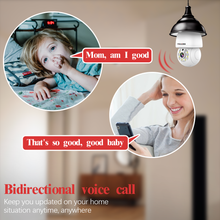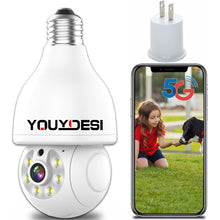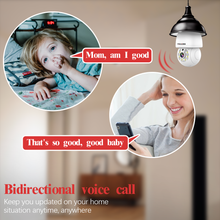In contrast, the latest intelligent video surveillance systems have addressed all the shortcomings of the first two generations of traditional surveillance systems, demonstrating significant advantages. Smart video surveillance technology leverages internet platforms, focuses on digitization and information technology, and utilizes computer vision to intelligently analyze and process video data for fully automated surveillance, even in unmanned conditions. Here are some of the key advantages:
1. 24/7 Uninterrupted Monitoring: Smart surveillance systems can operate continuously, 24/7, without the limitations of human factors. These systems significantly reduce the need for human intervention. They utilize computer vision and machine vision to objectively analyze video data and identify abnormal events or potential issues, triggering alarms instantly. This eliminates delays associated with human intervention in encoding, saving, and issuing alarms.
2. Precision in Alarm Generation: Integrated intelligent video systems with high-resolution front-end devices capture images with enhanced display quality. These systems use computer algorithms for high-speed analysis, enabling precise determination of event safety in real-time. This leads to fewer false alarms, reduced missed events, and lower data transmission traffic.
3. Rapid Response: Intelligent systems recognize abnormal events, notify relevant personnel for action, or execute predefined procedures. Smart systems perform these tasks objectively and without the influence of subjective human thought, ensuring precision and speed in their actions.
4. Expanding Video Sharing: Smart surveillance systems can share video resources with non-security sectors. For example, shopping malls can utilize these systems to identify and provide personalized services to customers of different categories. These systems can also analyze customer traffic for post-analysis and formulate marketing strategies.
Smart surveillance systems, with the inclusion of Indoor/Outdoor Home Security, Wireless Cameras, and Light Bulb Cameras, have redefined monitoring capabilities by offering precision, automation, and enhanced efficiency over traditional surveillance methods.










